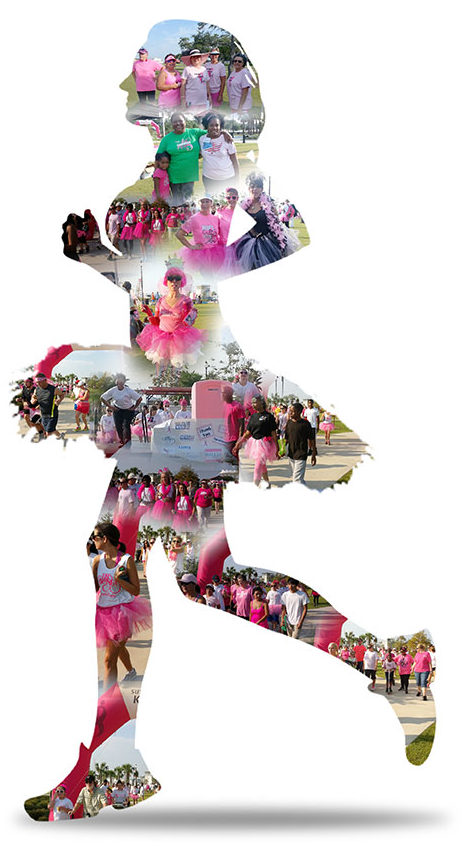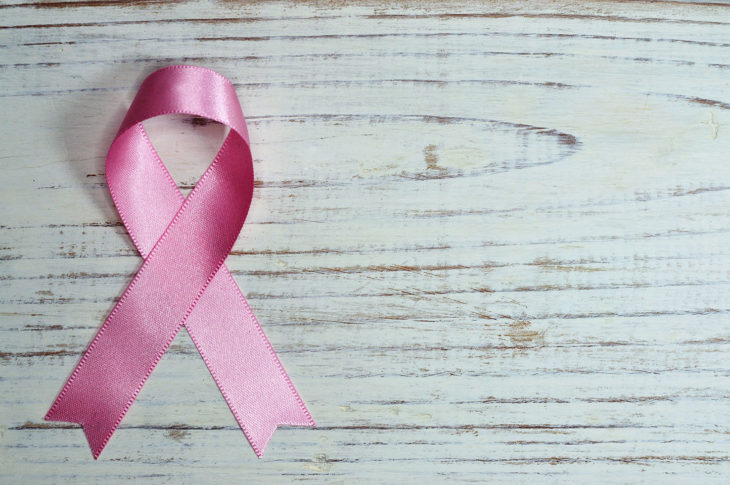Many of the most important risk factors for breast cancer are beyond your control. However, there are some risk factors you can control. Breast exams, mammograms and other screenings increase the chances of detecting breast cancer early.
 RISK FACTORS YOU CAN CONTROL
RISK FACTORS YOU CAN CONTROL
WEIGHT. Being overweight is associated with increased risk of breast cancer, especially for women after menopause. Having more fat tissue means having higher estrogen levels, which can increase breast cancer risk.
DIET. Studies have yet to show for sure which types of foods increase risk. It’s a good idea to restrict sources of red meat and other animal fats, because they may contain hormones, other growth factors, antibiotics, and pesticides. A low-fat diet rich in fruits and vegetables is generally recommended.
EXERCISE. Evidence is growing that exercise can reduce breast cancer risk. Try to engage in 45-60 minutes of physical exercise five or more days a week.
ALCOHOL CONSUMPTION. Alcohol can limit your liver’s ability to control blood levels of the hormone estrogen, which in turn increases the risk of developing cancer.
SMOKING. Smoking causes a number of diseases and is linked to a higher risk of breast cancer in younger, premenopausal women. Research also has shown that there may be link between very heavy second-hand smoke exposure and breast cancer risk in postmenopausal women.
RISK FACTORS YOU CAN’T CONTROL
GENDER. Being a woman is the most significant risk factor for developing breast cancer.
AGE. Simply growing older is the second biggest risk factor.
HISTORY OF BREAST CANCER. If you have already been diagnosed with breast cancer, your risk of developing it again, either in the same breast or the other breast, is higher than if you never had the disease. If you have a first-degree relative (mother, daughter, sister) who has had breast cancer, or you have multiple relatives affected by breast or ovarian cancer (especially before they turned age 50), you could be at higher risk.
RACE. White women are slightly more likely to develop breast cancer.
RADIATION THERAPY TO THE CHEST. Having radiation therapy to the chest area as a child or young adult as treatment for another cancer significantly increases breast cancer risk.
EXPOSURE TO ESTROGEN. Women who have had more menstrual cycles because they started menstruating early (before age 12) and/or went through menopause later (after age 55) have a slightly higher risk of breast cancer.
WARNING SIGNS
- Lumps that feel harder or different from surrounding tissue in the breast or underarm area.
- Swelling, warmth or redness of the breast tissue.
- Changes in the size or shape of the breast tissue.
- Dimpling or puckering of the skin or nipple.
- Itchy or scaly sore or rash on the nipple.
- New pain in one area of the breast that will not go away.
- Nipple discharge that occurs without squeezing the nipple, occurs in only one breast, or is bloody or clear (not milky).


